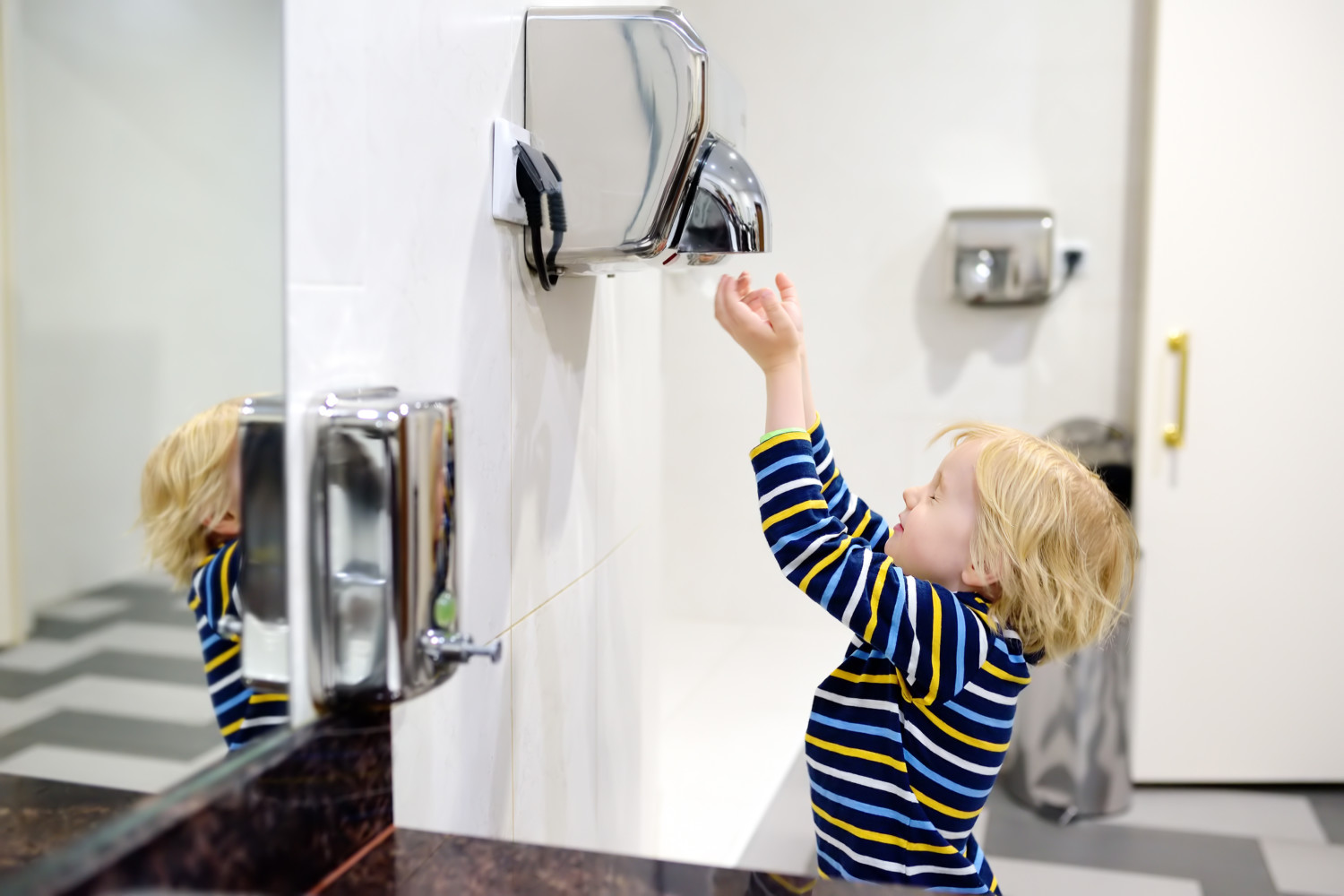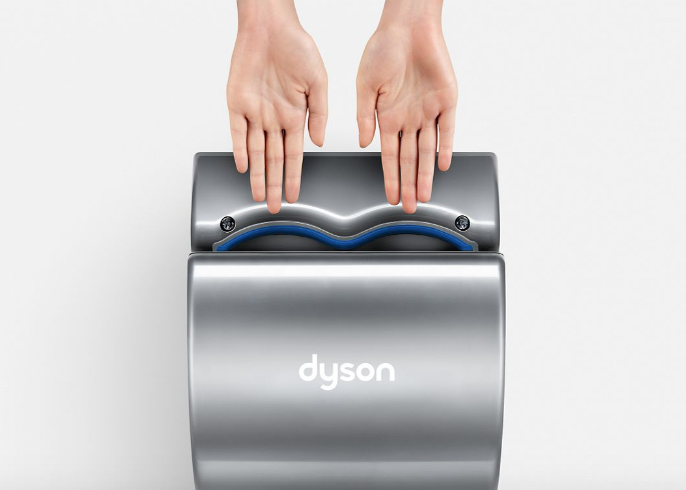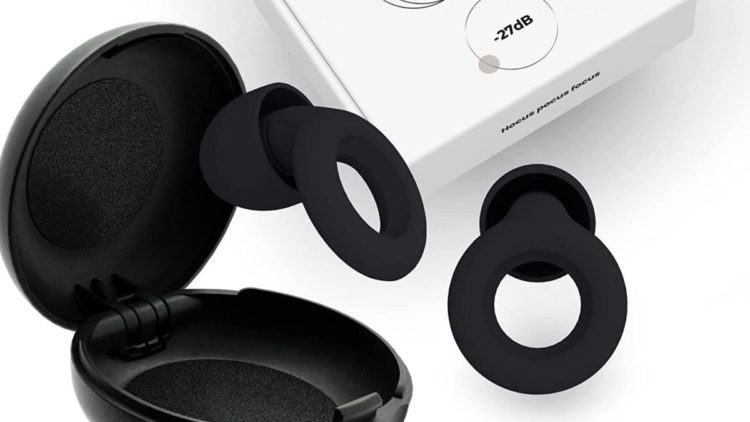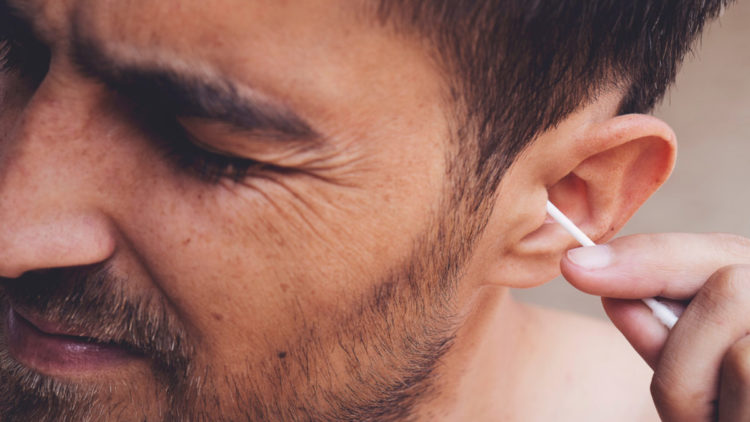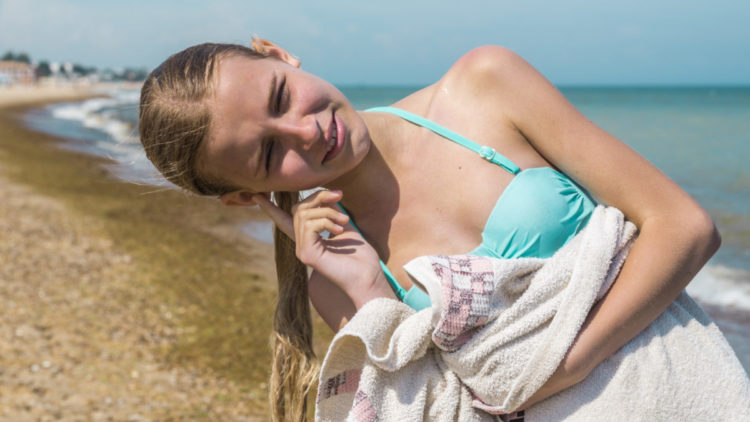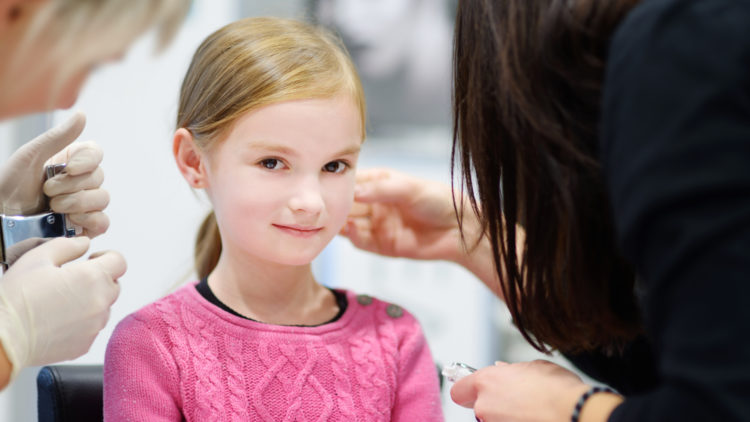This 8th Grader’s Science Experiment Questions How Hand Dryers Hurt Kids’ Ears
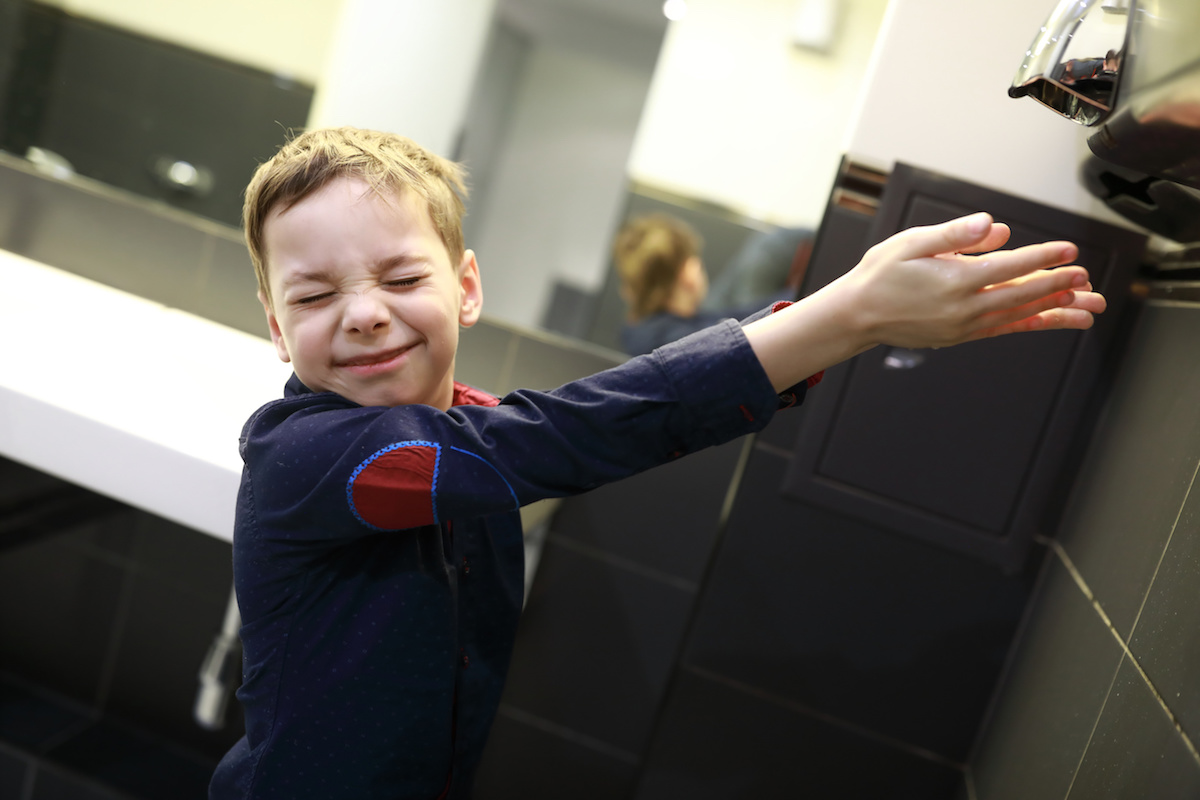
A Canadian eighth-grader’s science experiment raises questions about whether hand dryers, like the ones found in public restrooms around the world, can damage the hearing of young children.
The study, published last month in the journal Paediatrics & Child Health, also indicates that some manufacturers’ stated noise ratings might be nothing but hot air.
Calgary, Alberta, eight-grader Nora Keegan started with some anecdotal evidence.
“Informally, parents have said that their children refuse to go into particular washrooms because the dryers are too noisy, and children say they ‘hurt my ears,’ ” she wrote.
Her approach for testing this hypothesis, however, consisted of the kind of scientific rigor that peer-reviewed publication demands.
The Experiment
Using a decibel meter, the student measured the peak loudness of 44 public-bathroom hand dryers from several positions. She positioned the meter to simulate the average ear height of a 3-year-old, an adult male and an adult female as well as her height at the beginning of the study: just over 4 feet. She also measured the loudness at the dryer’s air jet.
She waited to measure until there was no ambient noise in the restroom and made sure there was no wind. She measured the noise level both when the dryer clicked on and while there were hands in the stream.
In total, she took 880 measurements.
She evaluated those measurements by two standards: US Environmental Protection Agency guidelines, which recommend hearing protection for children at noise levels higher than 85 decibels, and a 2016 study in an Indian pediatric journal showing that a child’s sudden exposure to noise above 100 decibels can lead to learning disabilities and hearing damage.
The Findings
In the end, of the 23 models of hand dryer that she encountered in the wild, a single dryer manufactured by Comac was consistently quieter than 85 decibels at all positions. Others were below 90 decibels but still above the EPA’s threshold.
The most common hand dryers in the study, those manufactured by Dyson and Xlerator, were also the loudest.
“All Xlerator models, the Blast, and the Dyson Airblade and Airblade V models were louder than 100 dBA when hands were in the airflow, for all measurements,” she wrote.
Her findings were also significantly above the noise levels reported by the manufacturers themselves.
“The Xelerator readings were far above their stated operating loudness of 70 to 80 dB,” she wrote. Two out of the three of a particular Dyson Airblade model were above 105 decibels when measured at the height of a 3-year-old, according to the eighth grader, “four times the loudness claimed by the manufacturer and a level dangerous to children’s hearing.”
However, she suggested that the real-world conditions of a public restroom might not match the conditions under which the dryers are tested in the factory, given a bathroom’s “increased echoes.”
She also acknowledged the limitations of her study: “For many dryer models, only one device was found installed in public washrooms. If one of these performed loudly, it does not mean all machines of the same model would be equally loud.”
Neither the eighth grader, Dyson nor Xlerator responded immediately to a request for comment.
Written by Evan Simko-Bednarski for CNN.
The-CNN-Wire
™ & © 2019 Cable News Network, Inc., a Time Warner Company. All rights reserved.


